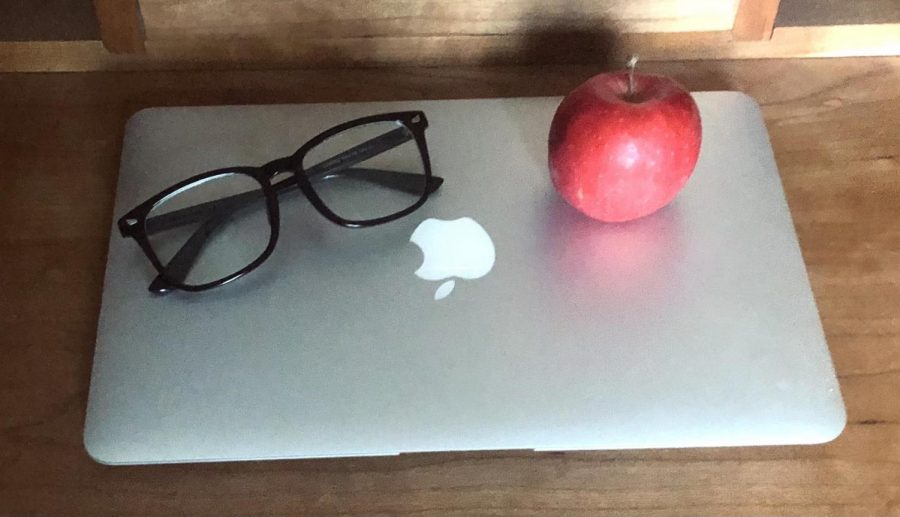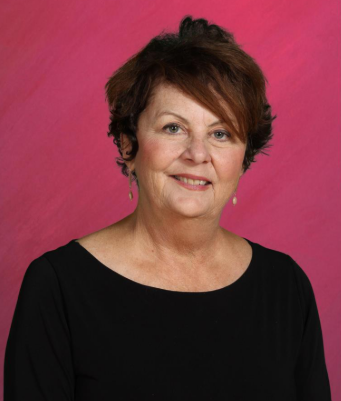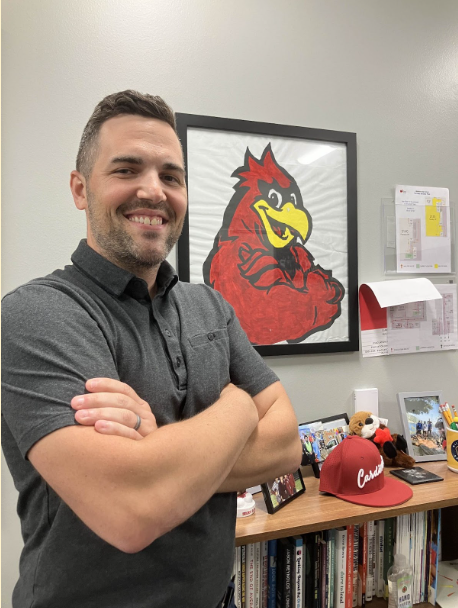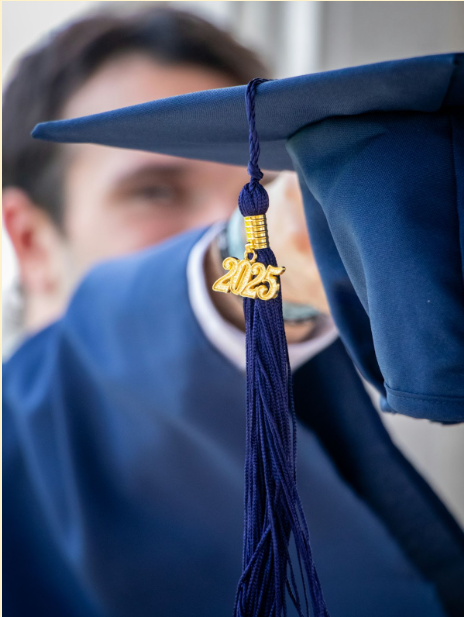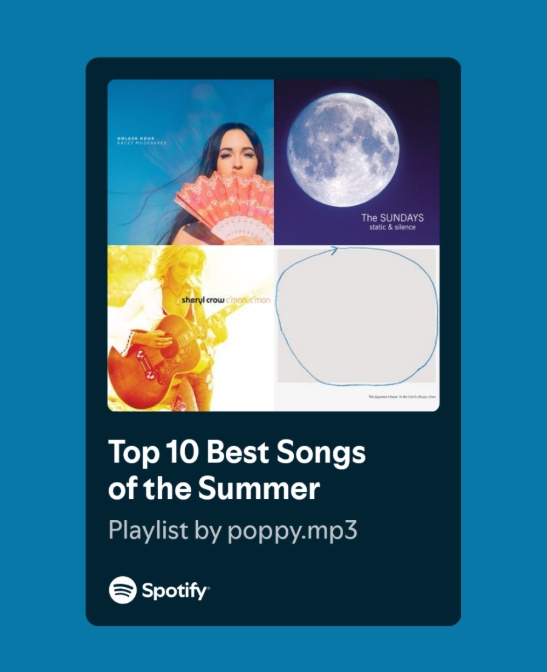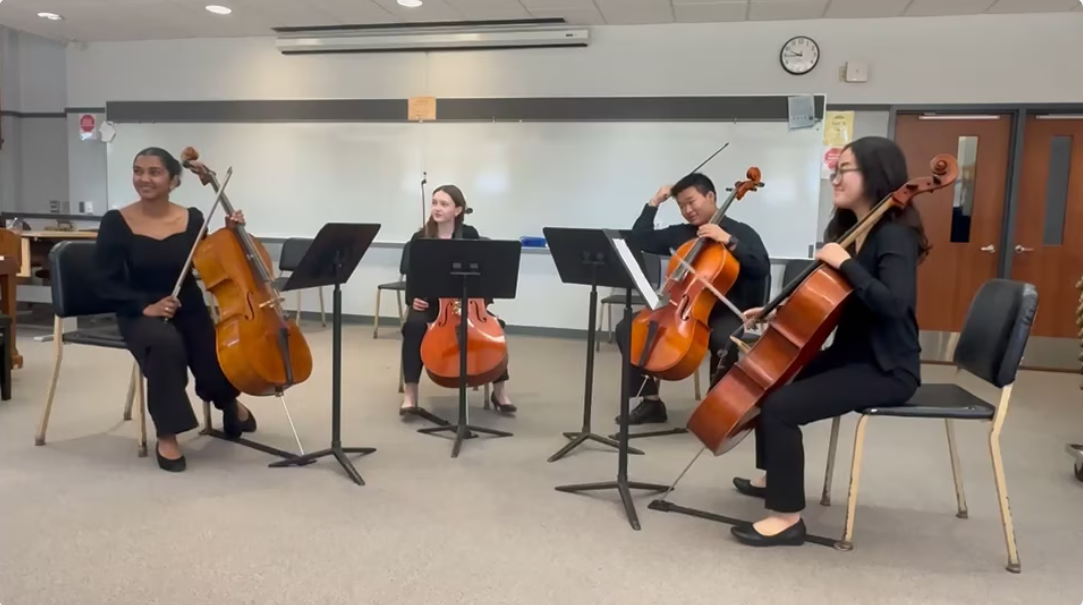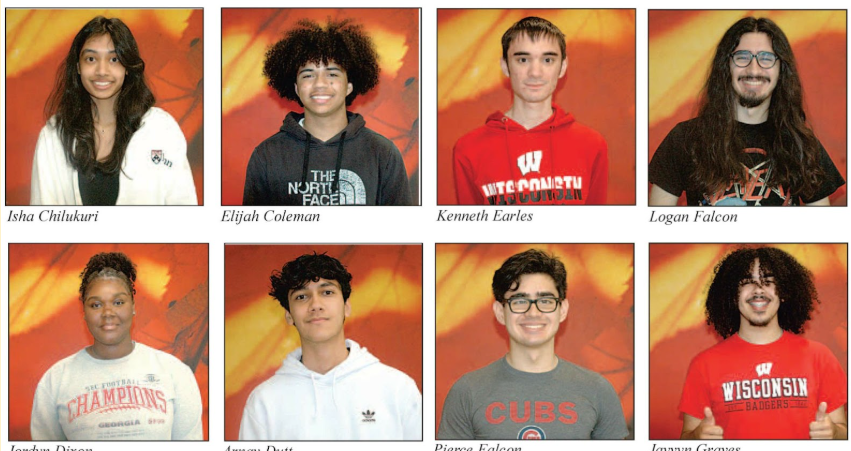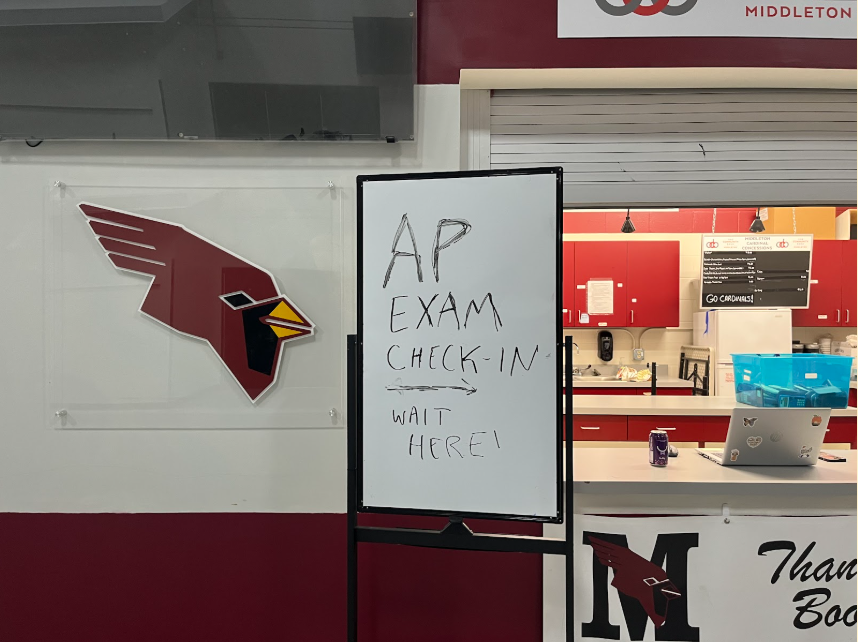Online Learning Through the Eyes of a Middleton High School Educator
According to a district-wide survey, 50 percent of teachers at MCPASD spend more than four hours per day on Zoom doing virtual instruction, planning, and meetings. This is just one of many demanding adjustments educators have made in order to work effectively during a pandemic. How are teachers coping with these changes, and what do they see for the future of education?
November 22, 2020
Many educators go into their field with hopes of touching the lives of young people by sharing the love of learning with their students. Fostering meaningful relationships in the school environment can be very rewarding for teachers and students, and can be very impactful in creating a positive educational experience. But when a pandemic strikes and everyone is forced to adjust, these goals become much harder to reach. In these unprecedented circumstances, our hard-working teachers are facing difficulties they never could have predicted as they strive to juggle all the new responsibilities of their work and personal lives.
In order to gain insight into the experience of being a teacher via Zoom, I spoke with Jada Callahan, a social studies teacher at Middleton High School. I asked about her experiences, including the challenges and hopes she has, and compiled what everyone should know about what it’s like being a teacher during a pandemic.
As a baseline, it should be noted that MCPASD educators are working longer and harder hours this year than ever before. According to a district-wide survey conducted last month with 670 respondents, 69 percent of educators are working more than they would in a typical school year, and 76 percent are experiencing more work-related stress.
Despite these alarming statistics, Callahan initially expressed that what she loves most about teaching is connecting with her students. She said, “Every time I work with young people, I just have such incredible hope. I’m so excited to just step out of your way and see what you do.” She shared how much she appreciates hearing what her former students are up to, explaining that she is always proud of what they are able to accomplish.
When asked about the challenges that she experiences, Callahan jokingly asked “How much time do you have?” She went on to explain that “seeing people’s faces is huge”, though she understands why turning on cameras during a Zoom meeting can be hard because just like many of her students, she doesn’t always feel up for it either.
In another vein, Callahan said it’s been hard trying to make lessons fun and interactive while teaching virtually. She said, “I’ve had to cut out so much of those things that students really like, but they just don’t transfer to this environment very well. So [giving] up some of the most fun parts of teaching— that’s been hard.”
Callahan also described how difficult it has been to stay in touch with her students. She said that “normally if a student is really struggling in my class, I can see it”, but now “I don’t get that feedback. I don’t know how you’re all doing.” She said that she sometimes receives emails from struggling students and feels bad that she wasn’t able to pick up the signs like she typically would. This has broader implications as concerns arise when educators can no longer recognize the non-verbal cues that tell them their students need help.
Fortunately, amid all of these challenges, Callahan made it clear that the school administration has been highly sympathetic. She said that she appreciates how the MHS principal, Peg Shoemaker, and other administrative staff “really get that this is hard on us too.”
“Yes, we’re fully focused on our students, but we also sometimes end the day in tears. They’re super supportive of that.” Similarly, many teachers feel as though the school district supports them with important information. The survey showed that 82 percent of educators said they strongly or somewhat agree that the school district keeps them informed about issues related to COVID-19 and instruction.
Callahan also expressed her frustration when it comes to malfunctioning technology, and how it affects her virtual instruction. She says that sometimes she’ll make a “super interactive Pear Deck, and it just doesn’t work. Those things drive me crazy, because I spent hours doing something, and I don’t get that time back in my life.”
Results from the survey reflected that this time-consuming lesson planning is a trend among educators. 58 percent of those surveyed said that either individual or team planning takes up most of their time, which is more than grading (nine percent) or communicating with parents (four percent). 64 percent said they don’t have enough time to plan lessons during their workday, which means a work-life balance proves nearly impossible for many educators.
Despite this significant obstacle, Callahan tries to move on and stay positive when precious time spent on planning is wasted due to technical difficulties in class. Even when things go wrong, she tells herself, “we’ll try again tomorrow… gotta be flexible.”
In regards to technology issues on the students’ end, 23 percent of teachers disagreed with the statement “Most of my students have a strong enough internet connection that connectivity issues don’t interfere with instruction”, according to the survey. Though the educators who report this issue fall in the minority, nearly a quarter of teachers experiencing interferences during class time should still be an area of concern. The stress of having to keep their own technology in line while simultaneously trying to make sure all of their students have equal access to class activities and resources is likely overwhelming.
As a result of new sources of stress in the digital age, teachers must find new ways to cope. Callahan says one good thing about working from home is the ability to go on quick walks during the day when she needs a break. Getting some sunshine and fresh air is a great way for her to disconnect from work. She feels that intentionally seeking out moments of peace is so important because “you can go into a pretty dark place pretty quickly.”
When asked what she thought the future of education would be in a post-pandemic world, Callahan said, “I don’t think we’ll ever go back to how things were fully.” Though this may seem bleak, she largely sees online learning through a positive lens. She cited some of her students “thriving in this environment—more than they ever have” and “enjoying being able to work at their own pace”. Overall, she said, “a lot of things are going to change, and I think a lot of that will be for the better.”
Callahan’s projections likely hold a lot of truth — with COVID-19 cases skyrocketing in Wisconsin and 93 percent of surveyed educators feeling at least somewhat concerned about returning to in-person instruction, attending school back in the building seems unlikely in the near future. Additionally, with improved technology and added flexibility, a permanent global shift towards online work and school environments is becoming increasingly plausible.
With all of this in mind, we may all be looking at making some major adjustments to the way we work and learn. Finding a way to empathize could help us all adapt to be more successful in this environment. Perhaps the most important thing to consider is that a pandemic is a shared experience in which we are all doing what we can to muddle through. Callahan embraced a similar message: “We all need to give each other grace… we’re all just doing our best.”



